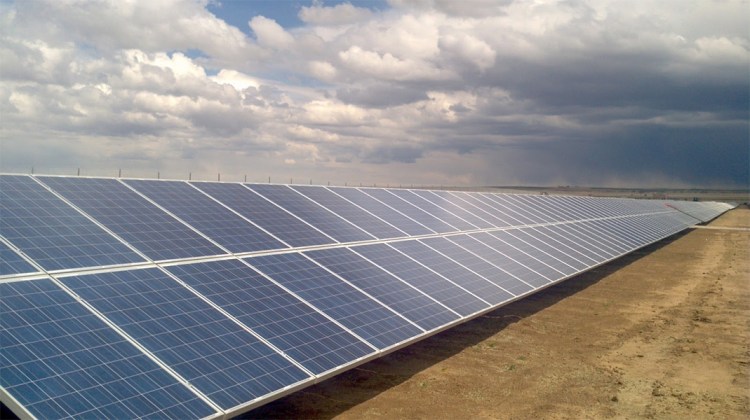Google has claimed that it will be operating entirely on renewable energy by 2017 — including its data centers and offices.
The internet giant has been purchasing renewable energy for a number of years and has many clean energy initiatives in play, including a wind farm in Kenya and a handful of wind farms in California, Texas, and elsewhere. In December last year, the company made its largest purchase of renewable energy ever to power data centers across three countries.
Google had previously stated that it planned to power 100 percent of its operations with clean energy, but gave no fixed timescale for when it might happen.
“To reach this goal we’ll be directly buying enough wind and solar electricity annually to account for every unit of electricity our operations consume, globally,” explained Urs Hölzle, senior vice president for technical infrastructure at Google, in a blog post. “And we’re focusing on creating new energy from renewable sources, so we only buy from projects that are funded by our purchases.”
Google has been joined by a number of other big internet companies in pursuing green energy. A few months back, Amazon announced its biggest renewable energy project, to date, in the form of a 253-megawatt Texas wind farm, and later revealed plans for five new solar farms in Virginia. Ultimately, Amazon is setting out to match its counterparts by committing to running Amazon Web Services (AWS) entirely on renewable energy.
Elsewhere, Microsoft recently announced its biggest wind energy purchase, to date, a 237-megawatt farm to power its Wyoming data center. Apple, too, has been investing in solar farms, and Facebook is in the process of building a new wind-powered data center in Ireland.
One of the reasons Google has been increasing its green energy spending is the falling costs of wind and solar power. “The cost of wind and solar came down 60 percent and 80 percent, respectively, proving that renewables are increasingly becoming the lowest cost option,” continued Hölzle. “Electricity costs are one of the largest components of our operating expenses at our data centers, and having a long-term stable cost of renewable power provides protection against price swings in energy.”


